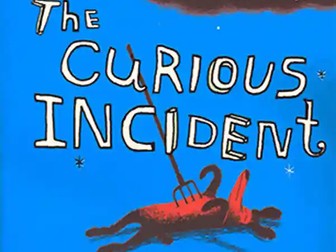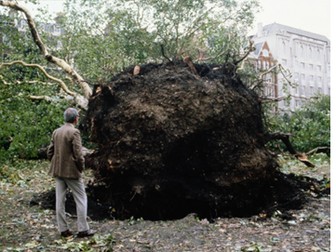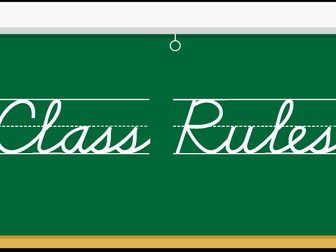The School Boy - William Blake Analysis - 2 lessons
<p>Initially taught to Year 8 students but can be adapted accordingly.</p>
<p>Lesson 1 - Aims:</p>
<p>To understand how context dictates how a poem is interpreted and analyse a poem’s ending <br />
Understand the context of Blake’s poem, his views and apply this to modern day schooling.</p>
<p>To analyse the language and structure of today’s poem.</p>
<p>To summarise the narrative of today’s poem.</p>
<code>CONTENT: Discussion on poem’s main theme ‘schooling’; read poem – focus on tone, narrator, themes; context info; sheet analysing the poem’s language, structure and context.
</code>
<p>SKILLS: CON, AQ, I</p>
<code>Worksheet analysing the language, structure and context – can be differentiated accordingly.
</code>
<p>Consolidate task is comprehension task which tests students’ understanding of the poem – can be adapted accordingly. Copy of poem</p>
<p>Copy of worksheet</p>
<p>Lesson 2 - Aims:</p>
<ul>
<li>
<p>To understand how context dictates how a poem is interpreted and analyse a poem’s ending Identify and analyse the writer’s language techniques in the poem.</p>
</li>
<li>
<p>To analyse the writer’s message about the theme of childhood.</p>
</li>
<li>
<p>To self-assess analytical writing.</p>
</li>
</ul>
<p>CONTENT: Re-read poem – but closer reading; guided analysis of language and structural features in the poem through question prompts; demonstrate to reconnect which tests skills acquired across scheme so far.</p>
<p>SKILLS: WT, WM, E, AQ, CON<br />
First demonstrate task can be completed as a class or individually (slides 4-6) as annotations on copy of their poem.</p>
<p>Use second half of class for Ss independently write an assessed paragraph based on the question: How does Blake present the significance of childhood?<br />
Students can use their annotations.</p>
<p>Students highlight / label the features using the success criteria once task is completed.</p>
<p>Copy of poem from the previous lesson.</p>
<p>Prompts for demonstrate task (slides 4-6)</p>
<p>Writing frame for the demonstrate task – can be adapted accordingly to suit ability.</p>










